301 Stainless Steel Strips Cold Rolled Stainless Steel Strip Price
Features
The 301 stainless steel belt is a kind of metastable austenitic stainless steel with complete austenitic structure under the condition of sufficient solution. In stainless steel, 301 is the most easily cold deformation strengthening steel grade, through the cold deformation processing can make the strength of steel, hardness, and retain enough plastic and toughness, together with the steel under the condition of the atmosphere with good rust resistance, but the poor corrosion resistance, reducing medium in acid and alkali salt chemical medium corrosion resistance is poorer, therefore is not recommended for corrosion harsh environment.
The 301 is mainly used in cold working condition for equipment parts that bear high loads and want to reduce the weight of the equipment and do not rust. In addition, this steel is easy to produce work hardening when impacted by external forces and can absorb more impact energy, which will provide a more reliable safety guarantee for equipment and personnel.
The 301 is prone to work hardening during deformation and is used in places requiring higher strength.
Chemical Composition (%)
| Element | Minimum percentage | Maximum percentage |
| C | – | 0.15 |
| Si | – | 1.0 |
| Mn | – | 2.0 |
| P | – | 0.045 |
| S | – | 0.03 |
| Cr | 16 | 18 |
| Ni | 6 | 8 |
Mechanical Properties
| Metric | Imperial | |
| Tensile Strength, Ultimate | 827 MPa | 120 ksi |
| Tensile Strength, Yield | 310 MPa | 45 ksi |
| Elongation at Break (in 2") | 60% | 60% |
| Rockwell Hardness | B86 | B86 |
Applications
This stainless steel grade demonstrates excellent corrosion resistance, high strength, and good ductility. High hardness combined with high strength achieved through cold working make 301 suitable for structural applications in aircraft and its excellent corrosion resistance meet food service equipment standards.
301 stainless is typically used in aircraft structural components, trailer bodies, trim for architecture and automotive, roof drainage, conveyor belts, train cars, appliances, cooking utensils, and more.
FAQ
The amount of chromium and nickel in 301 stainless steel is lower than in 304. The reduction of chromium and nickel extends the range of cold work-hardening capability which in turn produces higher tensile strengths.
Grade 309S stainless steel can be welded using fusion or resistance welding methods. Oxyacetylene welding method is not preferred for welding this alloy.
Austenitic stainless steel is a type of stainless steel. The other types of stainless steel are: ferritic, martensitic, duplex, and precipitation hardened. These 5 stainless steel classes are determined by their crystalline structures.
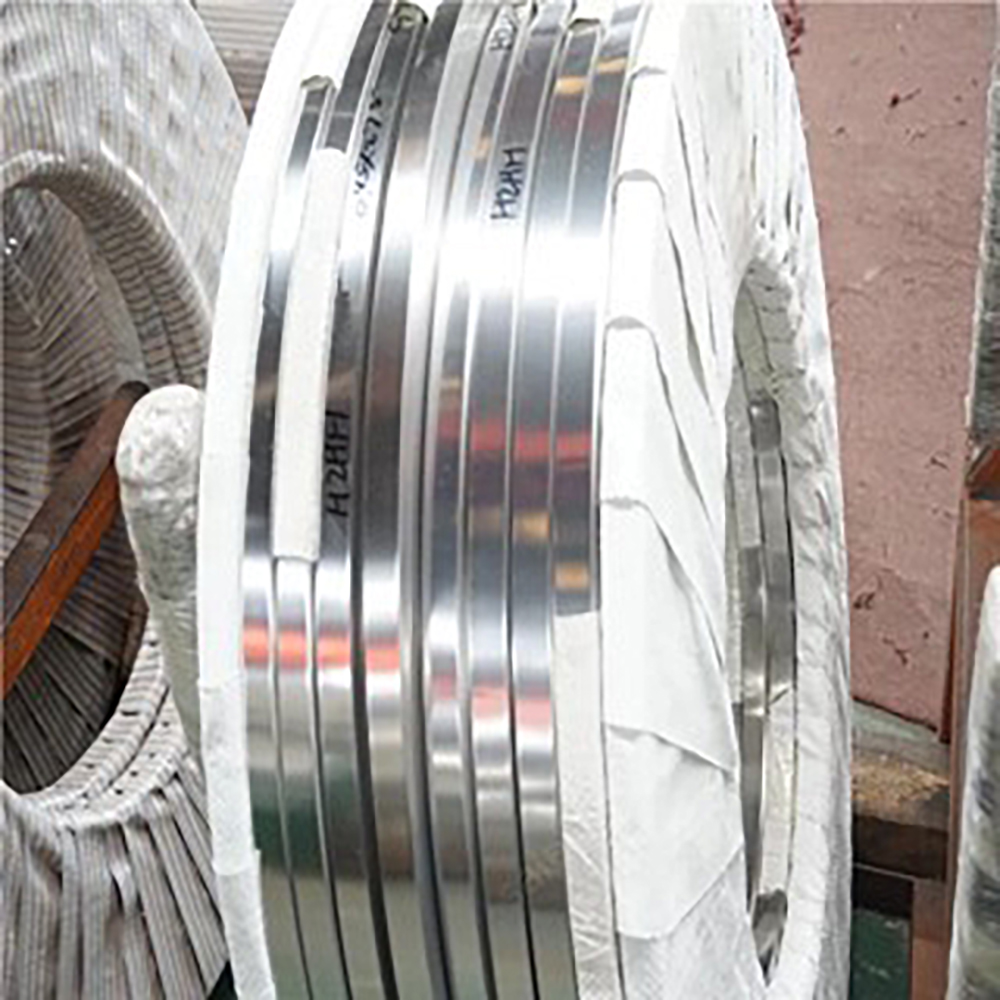



-1.jpg)
-1-150x150.jpg)
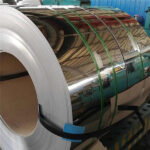
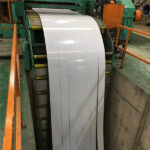
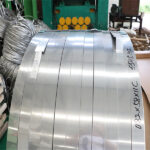
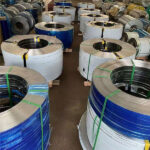

-1.jpg)
-2.jpg)
-2.jpg)
-2.jpg)
-2.jpg)



